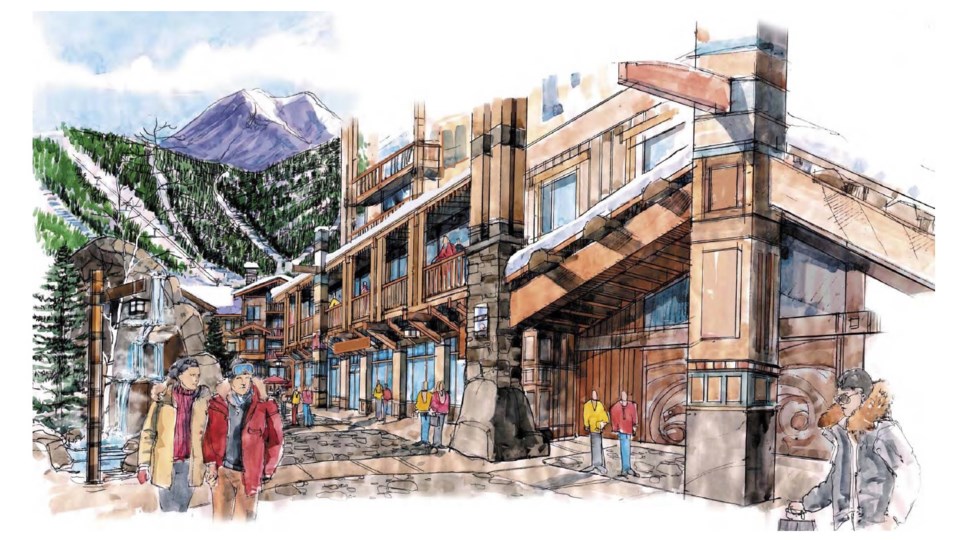Now that the provincial government has approved the Valemount ski resort master plan, will the Garibaldi at Squamish proposal get the thumbs up signal from Victoria, or has that controversial venture finally passed its best before date?
GAS has been enthusiastically championed by various backers for the better part of three decades.
But the proponents have also ruffled more feathers than a fox in a hen house. Last year the ham-handed strategy to pump water up to the resort from aquifers located in Paradise Valley was met with anger by the residents of that community.
Former head Vancouver cop Jim Chu was recently installed as the PR liaison for the project. One of his first official duties was to engage the Paradise Valley Community Association in constructive dialogue over the water location issue. On the heels of those deliberations, engineering consultants hired by GAS submitted a proposal to tap into aquifers in the Cheakamus Valley.
This past March, members of the UBC Varsity Outdoor Club claimed GAS would adversely impact Garibaldi Park.
Chu countered by citing two conditions from the environmental assessment certificate that the project received earlier this year: the resort is required to establish a buffer of 100 meters from Garibaldi Park and is prohibited from creating any new access to the park.
Eventually, the project will require unanimous approval from adjacent jurisdictions. But the District of Squamish is uneasy about the onerous costs of service and utilities hookups for the massive development. Officials from the Squamish Lillooet Regional District are equally apprehensive, claiming there is “unclear jurisdictional authority for development approval.” And the Resort Municipality of Whistler is adamantly opposed to an undertaking that will compete directly with their operation.
As it stands, the project is inconsistent with the current regional growth strategy of the SLRD and the District of Squamish Official Community Plan. We know the DOS is in the process of revamping that plan and the SLRD is reviewing its growth strategy, so GAS could get a foot in the door after significant negotiations.
In the end, the project’s fate may be decided via the dispute resolution provisions of the Local Government Act. And that’s where the situation gets really intriguing. With the multi-billion dollar LNG bubble on the verge of bursting, new opportunities in the lucrative tourism sector have taken on increased political urgency for the provincial government. In other words, GAS is unlikely to be consigned to the destination resort dumpster anytime soon.



